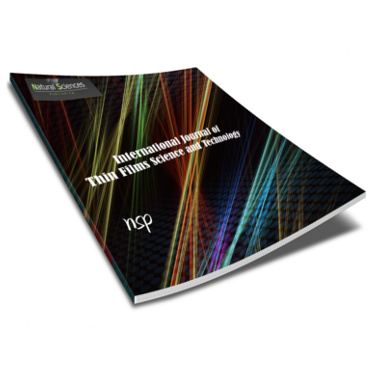International Journal of Thin Film Science and Technology

Abstract
This research seeks to evaluate the effectiveness of two commercially accessible photovoltaic technologies in the specific desert conditions of El-Kharga Oasis, New Valley Governorate, Egypt. The performance of photovoltaic cells is significantly affected by certain weather factors such as temperature, dust, and clouds. The photovoltaic technologies under investigation include monocrystalline and polycrystalline systems. Data collection was carried out over a period of 12 months in a systematic manner. The study places particular emphasis on analyzing how temperature, cloud cover, and dust impact the performance of PV modules. The results showed that monocrystalline and polycrystalline performed better at high irradiance levels, but they miss operated at lower irradiance levels. The loss of % in power output for polycrystalline and monocrystalline due to cloud cover is 80.503 and 79.240%, respectively. The loss percentage in power output for polycrystalline and monocrystalline due to dust accumulation were 41 and 42%, respectively. The polycrystalline module realized a decrease in open circuit voltage by 0.075 V/oC while monocrystalline showed a reduction of 0.1666 V/oC. The short circuit current increased slightly with temperature increasing by about 0.0082, and 0.0008 A/oC for monocrystalline and polycrystalline, respectively. The monocrystalline had the largest drop in output power at about 0.0704 W/oC while it was 0.0514 W/oC for polycrystalline. It could be concluded that polycrystalline photovoltaic modules are the best choice in hot areas such as El-Kharga Oasis, New Valley Governorate, Egypt since they experience less temperature loss due to their low-temperature coefficient.
Recommended Citation
M. Galal, Eslam; S. Abdel-Mawgoud, Aly; H. Hamed, Mahdy; and A.M. Ali, Goma
(2023)
"The Performance of Polycrystalline and Monocrystalline Solar Modules Under The Climate Conditions of El-Kharga Oasis, New Valley Governorate, Egypt,"
International Journal of Thin Film Science and Technology: Vol. 12
:
Iss.
3
, PP -.
Available at:
https://digitalcommons.aaru.edu.jo/ijtfst/vol12/iss3/6

